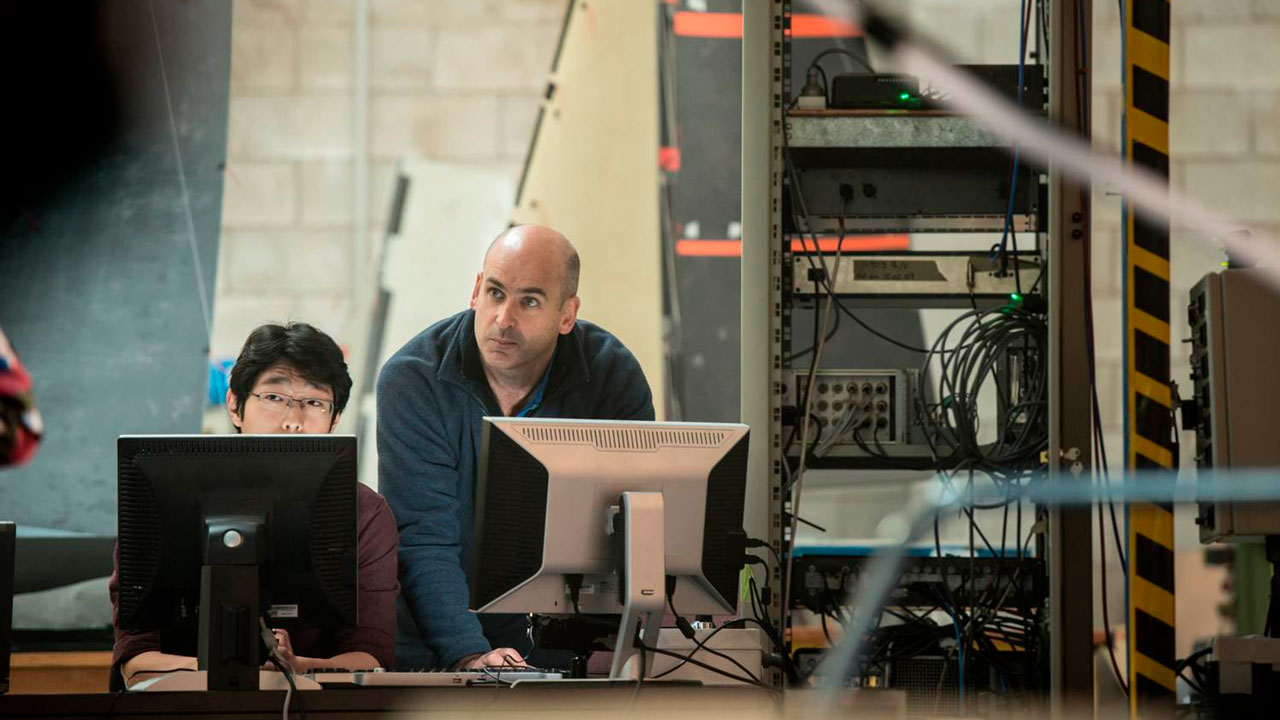Organisations have never been better placed to leverage the diversity of thought and innovation of their workers to create sustainable business solutions. But are they making the most of this diversity to encourage new thinking, asks Carol Brown
Let’s face it, diversity is a fact in our communities, workplaces and play spaces. We can no more change this than we can our own unique identities. Neither should we try. Diversity is key to our economic prosperity. In today’s tight labour market, New Zealand’s high rate of employment is creating skill shortages that need to be filled by migrant workers, a trend which is in line with international standards. The increase in migrant workers, steady growth in female participation in the workforce, and the tendency for older workers to remain employed for longer, all lead to a level of “demographic disruption” never before seen in New Zealand workplaces and society.
While many business leaders view New Zealand’s superdiverse status as a key opportunity for economic growth and innovation, there is growing evidence that diversity on its own is not enough. Without the right environment to leverage the benefits of diversity, it can actually lead to workplace conflict, generational strife and lack of engagement by workers in minority groups.
It is fair to say that today in New Zealand one would struggle to find an organisation whose workforce is not diverse. This doesn’t mean, however, that we are necessarily seeing the positive benefits that are so readily espoused in expert journals and white papers. In order to truly leverage the benefits, we need to understand the link between workforce diversity, diversity of thought and the ultimate goal of improved innovation.
In order to take advantage of the potential benefits of this melting pot of talent, businesses leaders have to evolve their work design and people practices from a 1980’s paradigm, where topdown decision making and ‘group think’ prevail, to a more fluid and connected approach to decision making. In the words of Peter Drucker: “If you want something new, you have to stop doing something old”.
By definition, to innovate is the act or process of introducing new ideas, devices or methods and it follows that this can only be achieved by creating an organisational culture where people are encouraged to bring their ideas to the table and value is placed on their ability to innovate.
Today, smart organisations are starting to understand the value of doing things differently. The 21st Century organisation has a strong focus on inclusiveness. It fully embraces diversity of thought by creating a networked rather than hierarchical structure. Instead of top-down decision making, employees are encouraged to problem solve at the source.
Collective decision making is the norm, in turn creating opportunities for new and innovative ways of working.
This requires a different approach to work design and, consequently, a different type of business leader—one who deems innovation as a key competitive advantage and creates a culture of inclusion and trust to encourage and leverage diversity of thought.
Key Strategies for Innovation
In working with a range of multinationals across different industry sectors, Diversitas consultants have observed four key strategies that progressive organisations are adopting to successfully leverage workforce thinking and innovation:
Problem solving at the source. Instead of top-down decision making, team members at the coal face are encouraged to collectively review business issues or workplace improvements and come up with their own solutions based on critical input from all stakeholders.
Building communities of practice. Workers are encouraged to form centres of excellence within particular disciplines to increase knowledge and share learning across hierarchical boundaries. All network members are of equal rank in the hierarchy.
Knowledge sharing. Critical business skills and approaches are captured, documented and shared across different disciplines and knowledge is treated as a shared resource for anyone who is interested to access.
Open networks. Organisations provide the technology support to create informal networks across disciplines and hierarchies for different purposes. Employees are not directed regarding which network to belong to and the approach is more about self-selection and areas of interest.
Of course, there are many other ways of introducing diversity of thought and innovation into your organisation and you may prefer a more informal approach. All of them, however, do rely on a culture of trust and respect and a real commitment by business leaders to encourage participation from all workers.
Depending on your company culture, this may not always be an easy task and may require a significant step change. This is especially true for organisations whose revenue model is wedded to more traditional mode of work design which emphasises top-down decision making and accountability. There is, however, growing evidence that the effort is well worth it.
Research is increasingly showing that strategies to foster a team’s innovation include increasing its functional diversity, reducing the team’s tendency to think sequentially, and increasing its tendency to engage in connective thinking. Team members should be encouraged to learn from each other and to voice divergent opinions. They should also be cautioned about relying on a single, shared mindset if they want to be better prepared to innovate and to achieve breakthrough.
In their paper Developing innovation capability in organisations: A dynamic capabilities approach, Benn Lawson and Danny Samson from the University of Melbourne view innovation management as a form of organisational capability. According to their research,
“excellent companies invest and nurture this capability, from which they execute effective innovation processes, leading to innovations in new product, services and processes, and superior business performance results.”
Leading Lights
Although organisational capability in this area is still evolving, there are a number of organisations which are leading the way.
Apple Computer—considered nearly ‘dead’ a few years ago—completely rejuvenated itself through innovation in the development of the iPod and the iTunes Music Store. Recently, Business Week and The Boston Consulting Group ranked Apple as the most innovative company in the world.
Last year, the Global Diversity Office at MasterCard launched its first multi-platform, interactive gamification program, EDGE (Employees Driving the Global Enterprise). The program is open to all 10,000 employees worldwide and has been so successful, and had such a significant impact on the business, that it will now be incorporated into the onboarding process for all new employees.
Booz Allen Hamilton, a leading provider of management and technology consulting services to the US government, focuses on three key areas:
- Driving inclusive behaviours that nurture innovation;
- Fostering communication and providing avenues to share and develop ideas;
- Selecting the best ideas to drive forward.
All three key areas are supported by notable initiatives, from an Inclusive Leadership Toolkit that helps drive inclusive leadership behaviours, to agendas, forums, and events to foster communication.
But the third key element in the mix—selecting the best ideas to drive forward—gains its support through a new business unit. They have created the Booze Allen Strategic Innovation Group (SIG) to serve as a breeding ground for breakthrough innovation and a way to share new thinking, new ideas and new concepts with clients.
Cisco has taken this one step further and created Cisco IoE Innovation centres, which serve to accelerate opportunities, deepen relationship and foster innovation with their client base. The aim of the centres is to partner with startups to engage in rapid prototyping to solve business problems. Through Cisco Innovation Centres, they are creating stronger connections between technology and people’s lives and providing an open environment where the best and brightest can share their ideas.
Whatever your organisational approach to diversity of thought and innovation, it is clear that the old leadership paradigms of ‘command and control’ no longer serve us and our increasingly diverse workforces. The challenge we face is in attracting and engaging a multi-generational, ethnically diverse workforce who are fully engaged, able and willing to bring their diversity of thought to the table.
Herein lies our most outstanding opportunity—to break out of the ‘group think’ paradigm which no longer serves the complexity of the world we live in, and go forward to solve global and business issues in ways never imagined in the past.
Innovation is the ultimate goal—1200 CEOs surveyed by PwC in their 14th annual global CEO survey found that innovation has become as important to growth for CEOs as raising their share of existing markets. Their global findings show that innovation, along with increasing existing business, now outstrips all other means of potential expansion, including moving into new markets, mergers and acquisitions, joint ventures and all other alliances.
The evidence is clear. Organisations in New Zealand and worldwide have never been better placed to attract, engage and leverage the diversity of thought and innovation of their workers to create business solutions which capture the hearts and minds of the global market and lead to sustainable and competitive growth in market share. The question must be asked. Is your organisation leveraging the diversity of your workforce to encourage new thinking and innovation?



